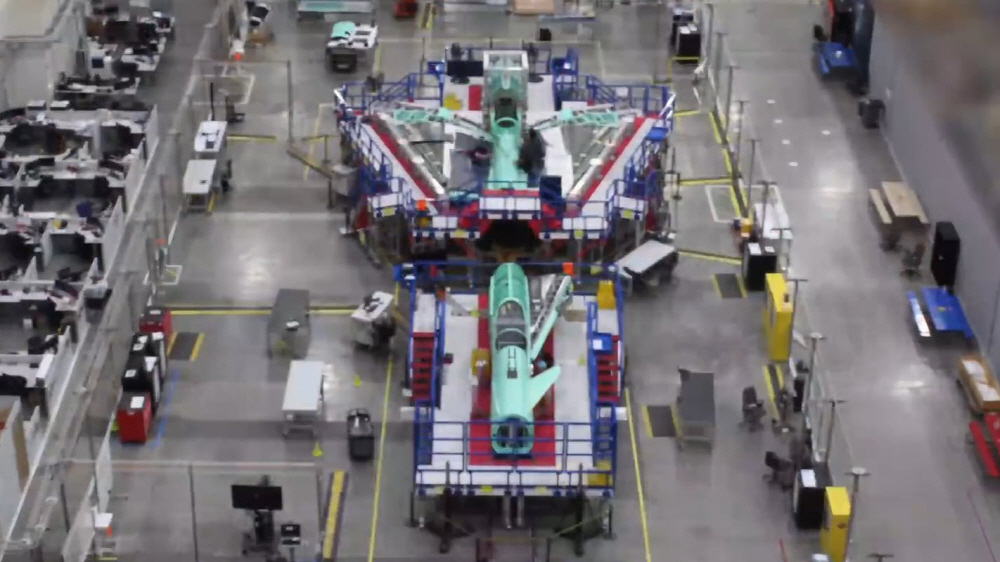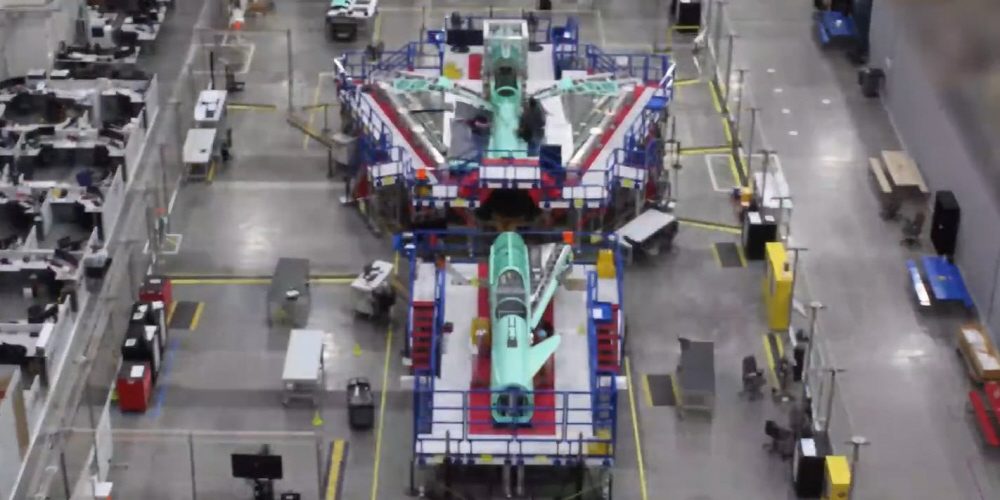
NASA has released a time-lapse video of assembling the X-59, a next-generation supersonic aircraft for testing, over two years. NASA started developing the X-59 in 2018. Aircraft developer Lockheed Martin has signed a contract with NASA to start production of the X-59 for $247.5 million by 2022.
The X-59 is being assembled at the Lockheed Martin plant in California and is designed to fly over the sea at 1,062 km (1,062 km) supersonic speed without generating a sonic boom. In fact, the assembly of the X-59 for two years from May 2019 to June 2021 can be seen through the video.
The X-59 is 8.1 m long and takes the form of assembling the wing parts from the fuselage and then connecting them. Two cameras are installed on the nose, up and down, and the images captured by these cameras are processed by a computer and displayed on a 4K resolution monitor located in the cockpit. This system is what NASA calls the eXternal Vision System (XVS).
If you look at the moment when the assembled body and wing parts are combined, the fuel and control devices are mounted on the 9m wing, and it has the most complex structure. The wing part was the first to be produced, and it is said that it was assembled with two robot machines named Mongoose and Cobra.
The nose shape is designed to suppress the occurrence of sonic booms so that noise problems do not occur. The tail is assembled to the wing, which is equipped with a General Electric F414 turbofan engine and uses heat-resistant materials to protect the X-59 from the engine waste heat. It is said that the engine is included in the tail and placed on top of the horizontal delta wing to make noise from the engine difficult to reach below, or on the ground.
According to NASA, the X-59 is still under construction, with first flight tests expected in 2022. In 2023, it will fly from a test site at the Armstrong Flight Research Center in California and demonstrate that it is truly noise-free and can operate safely in airspace. In 2024, we plan to actually fly the X-59 over several locations in the United States and see if the sound of the sonic boom can be heard on the ground.
The X-59, of course, is not capable of flying supersonic with passengers like the Concorde. The data from this may in the future enable aircraft manufacturers to develop new patrol aircraft and private airlines to offer supersonic flights. Related information can be found here.


















Add comment